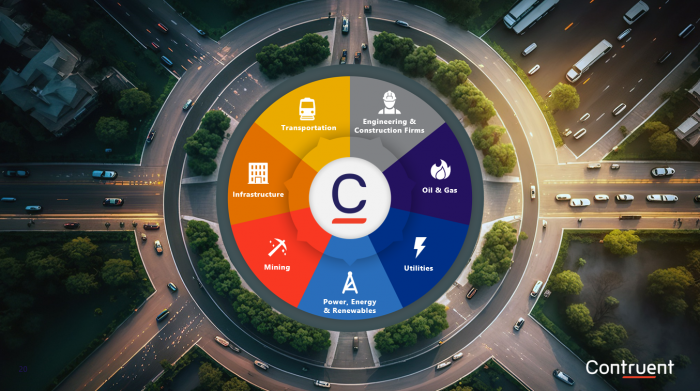Hello Everyone,
A majority of the projects have interim milestones, and clients are now more interested to know the longest path for each interim milestone. P6 does not have readily available options to find the driving path of any activity, and some artificial ways are used as described below.
I use two methods as follows:
1. Adding a dummy activity with a long duration and linking it to the required interim milestone for the longest path. This artificially forces the key completion milestone and all of its driving predecessors onto the Longest Path.
2. Using multiple-float-path analysis with a free float option to identify the driving and near-driving paths to each interim milestone.
However, I have often got different results by using both the above-described methods, and I wondered which one is more accurate and the difference between them.
Your expert opinion is appreciated.
Thanks,
Nilesh






Replies